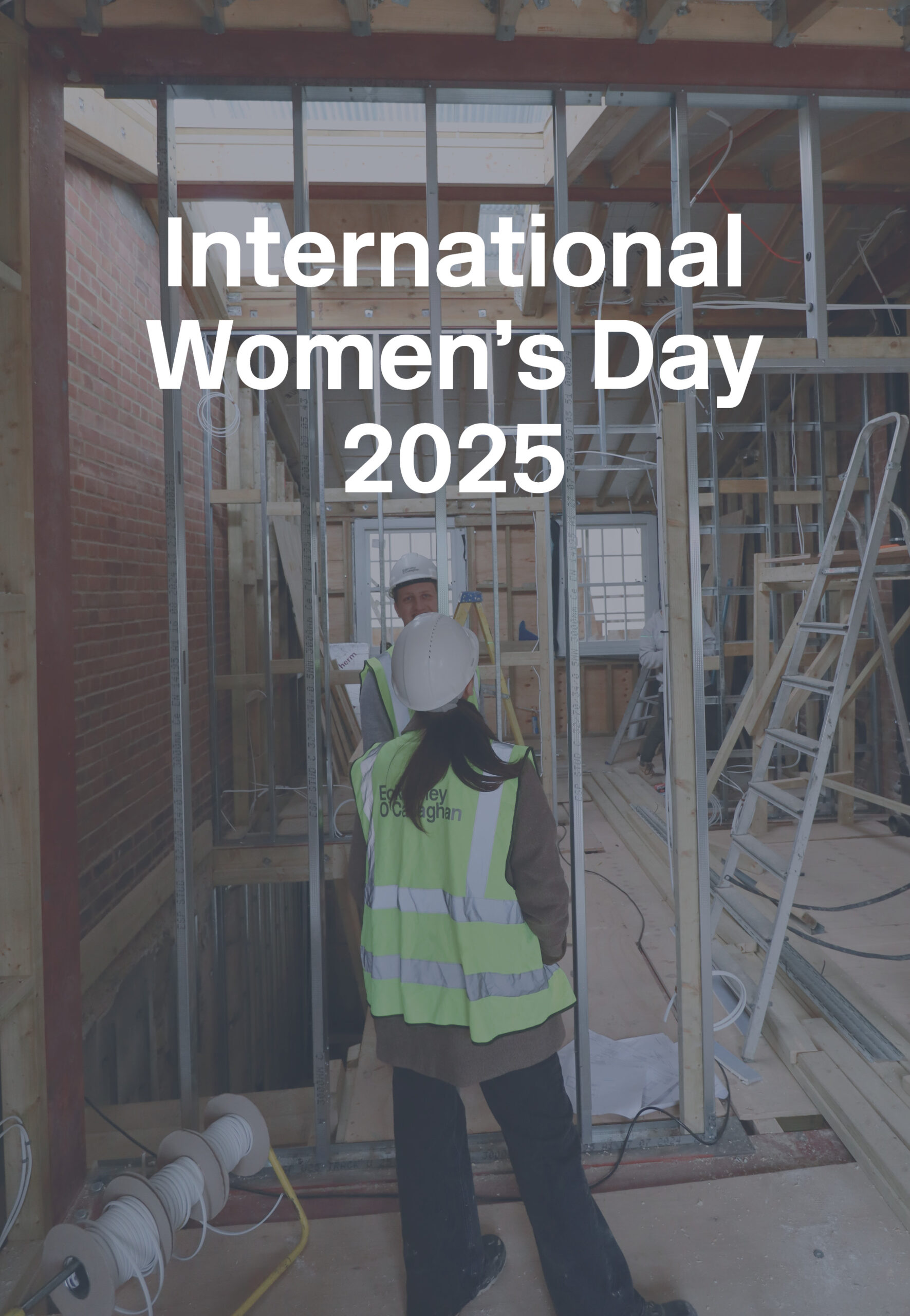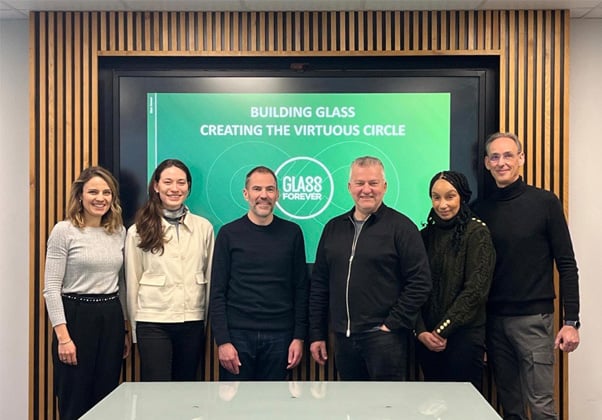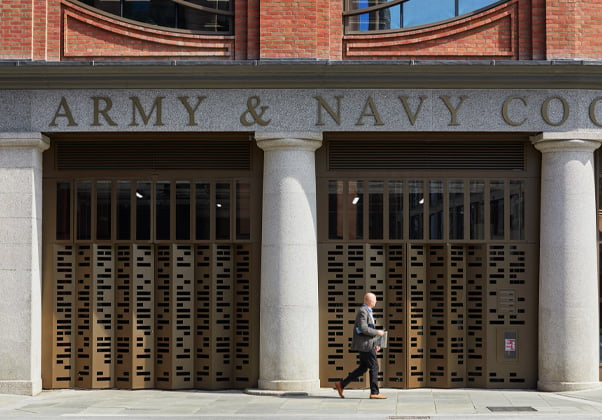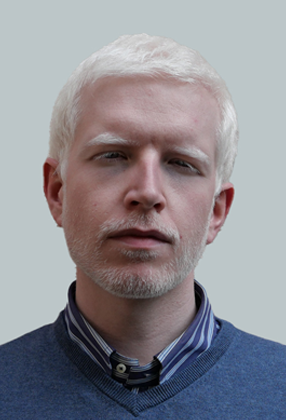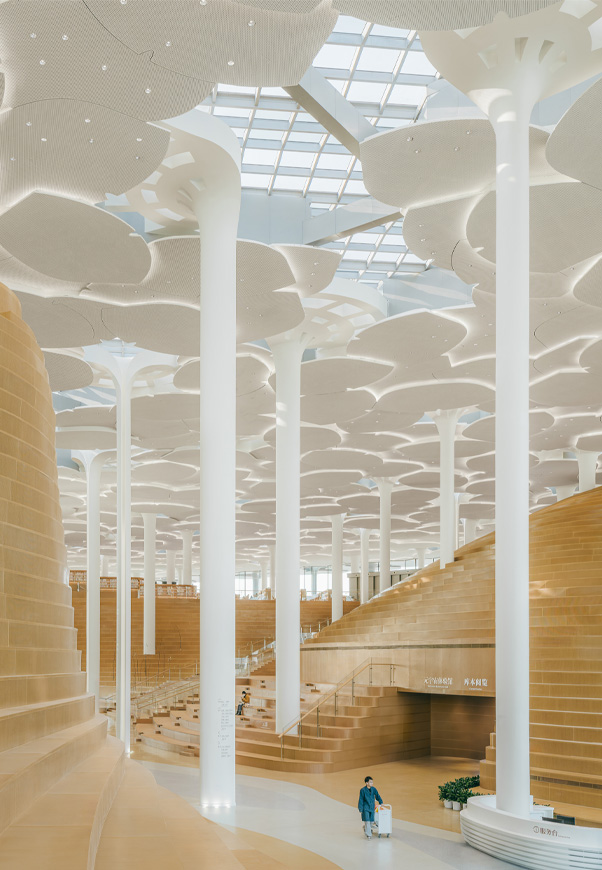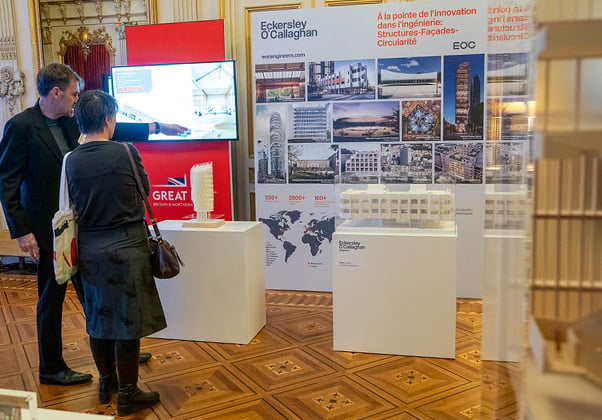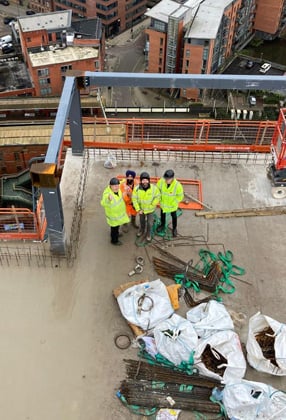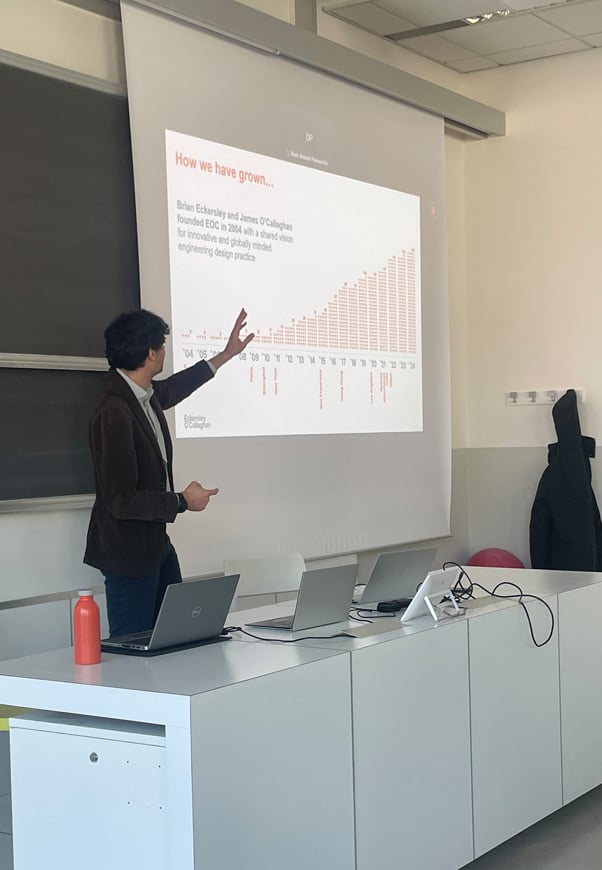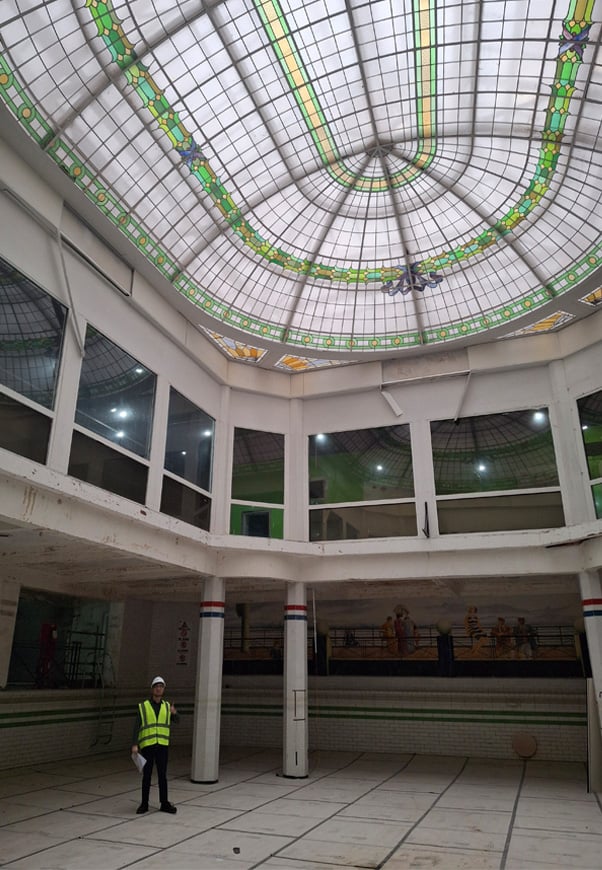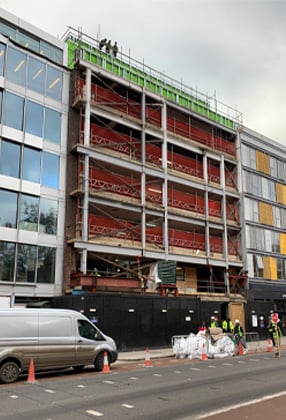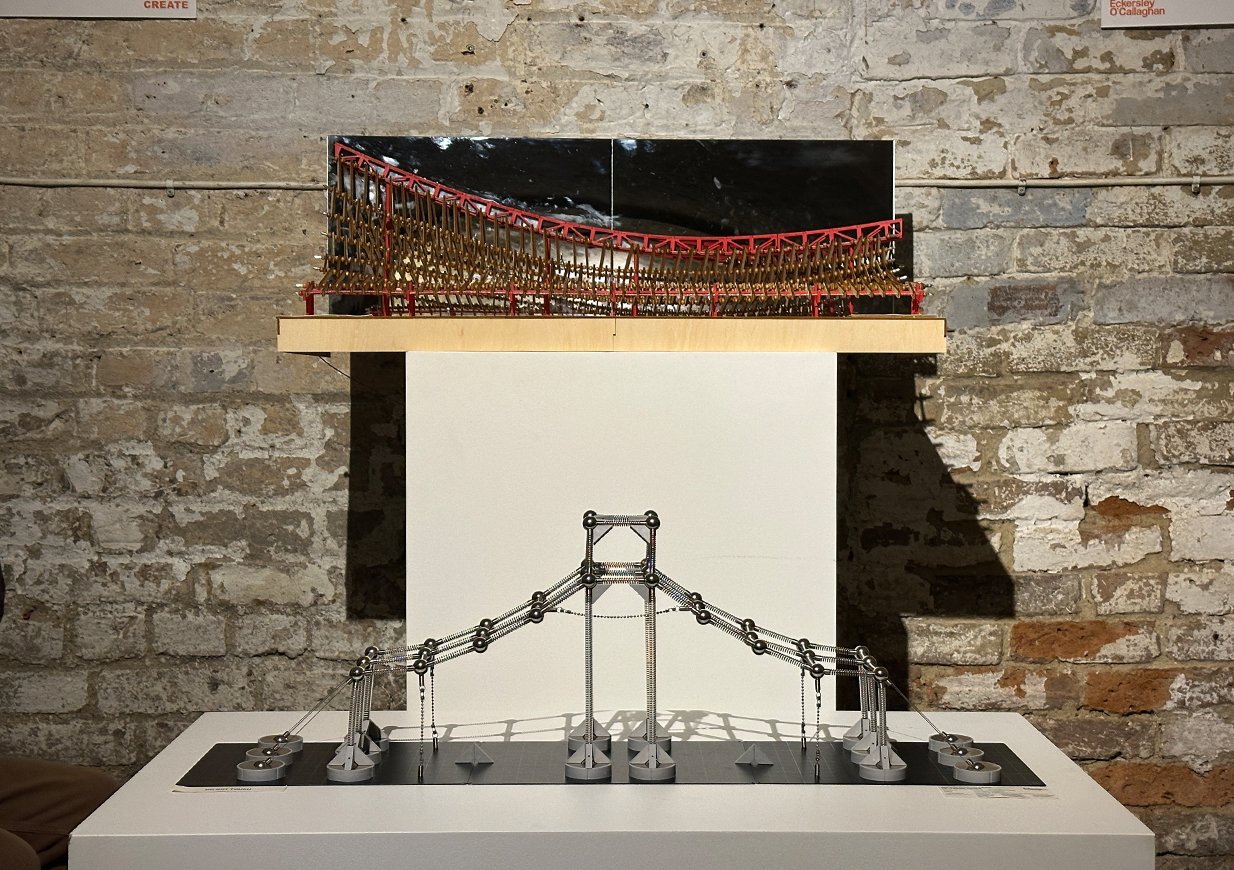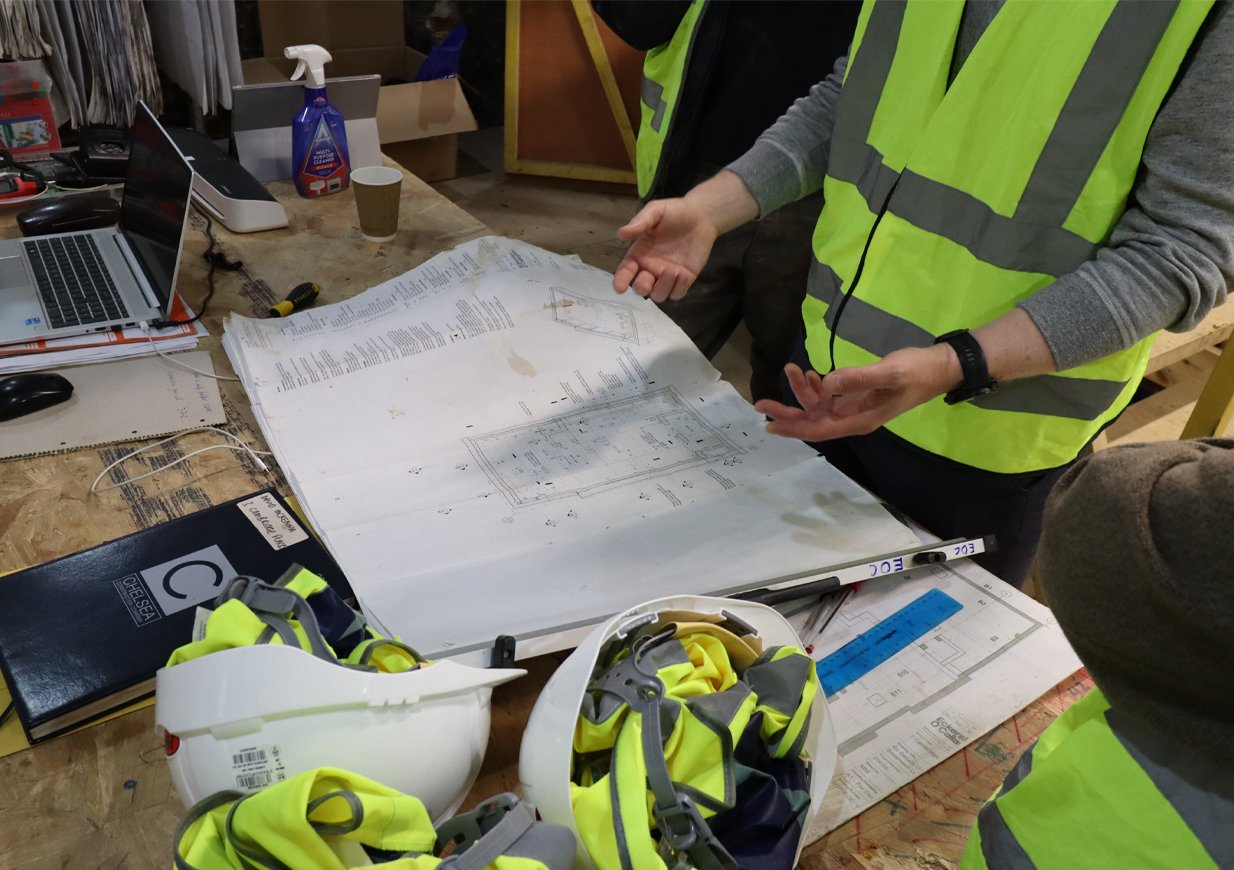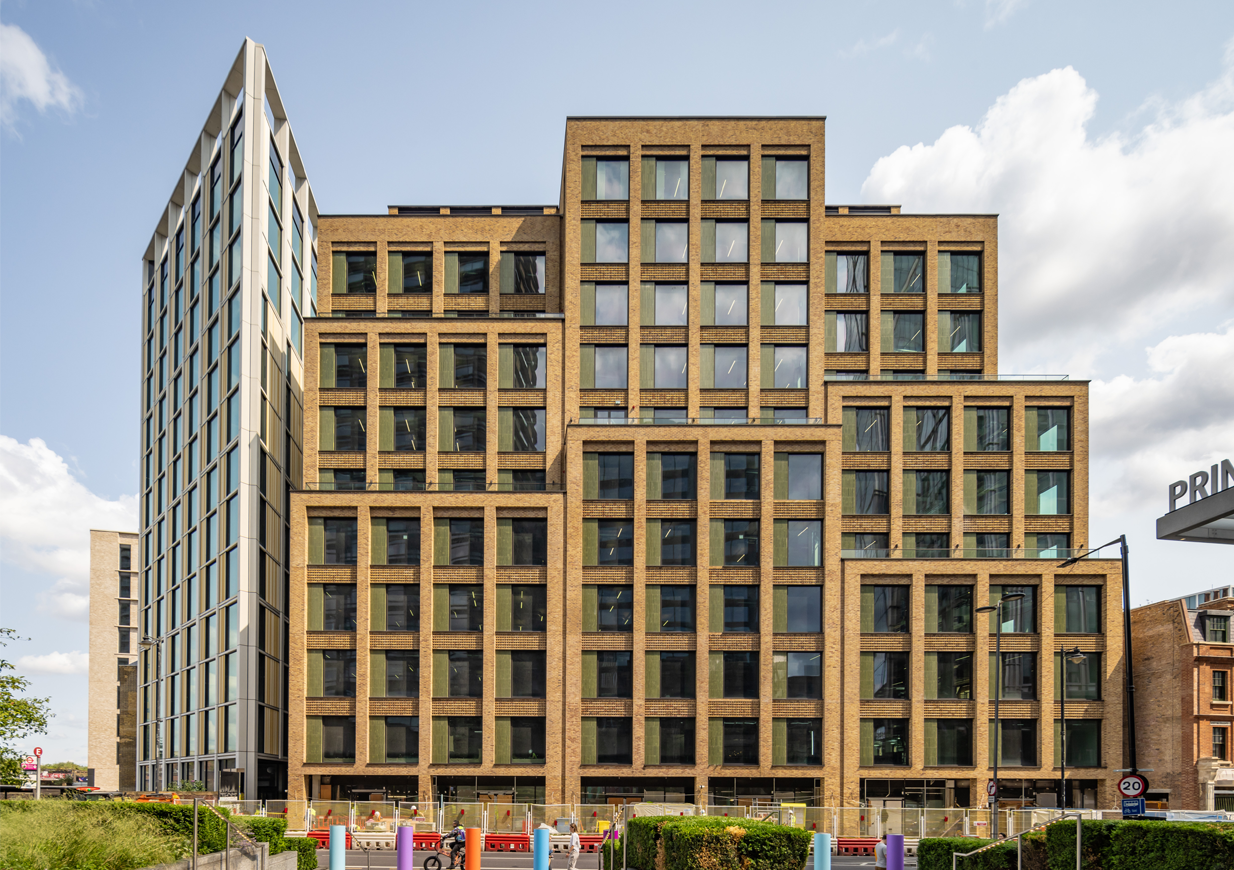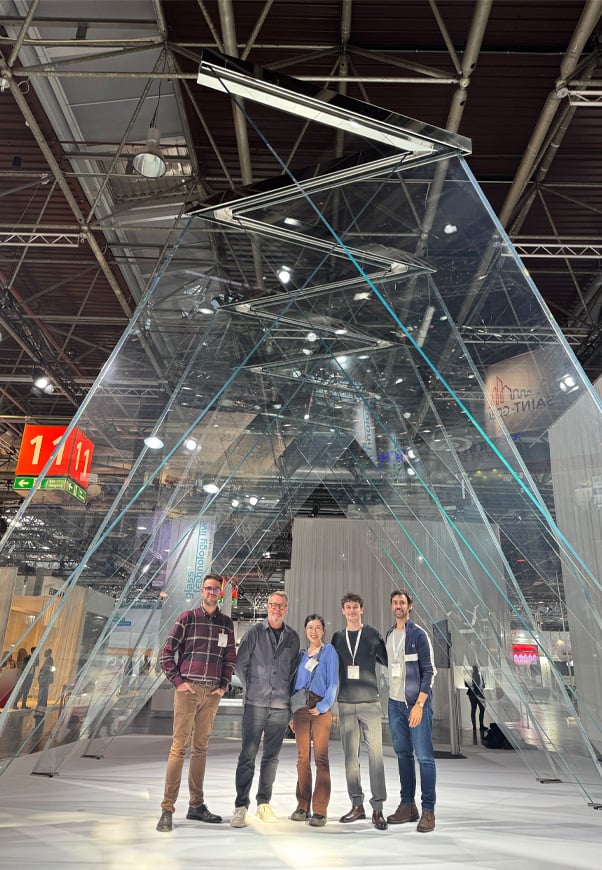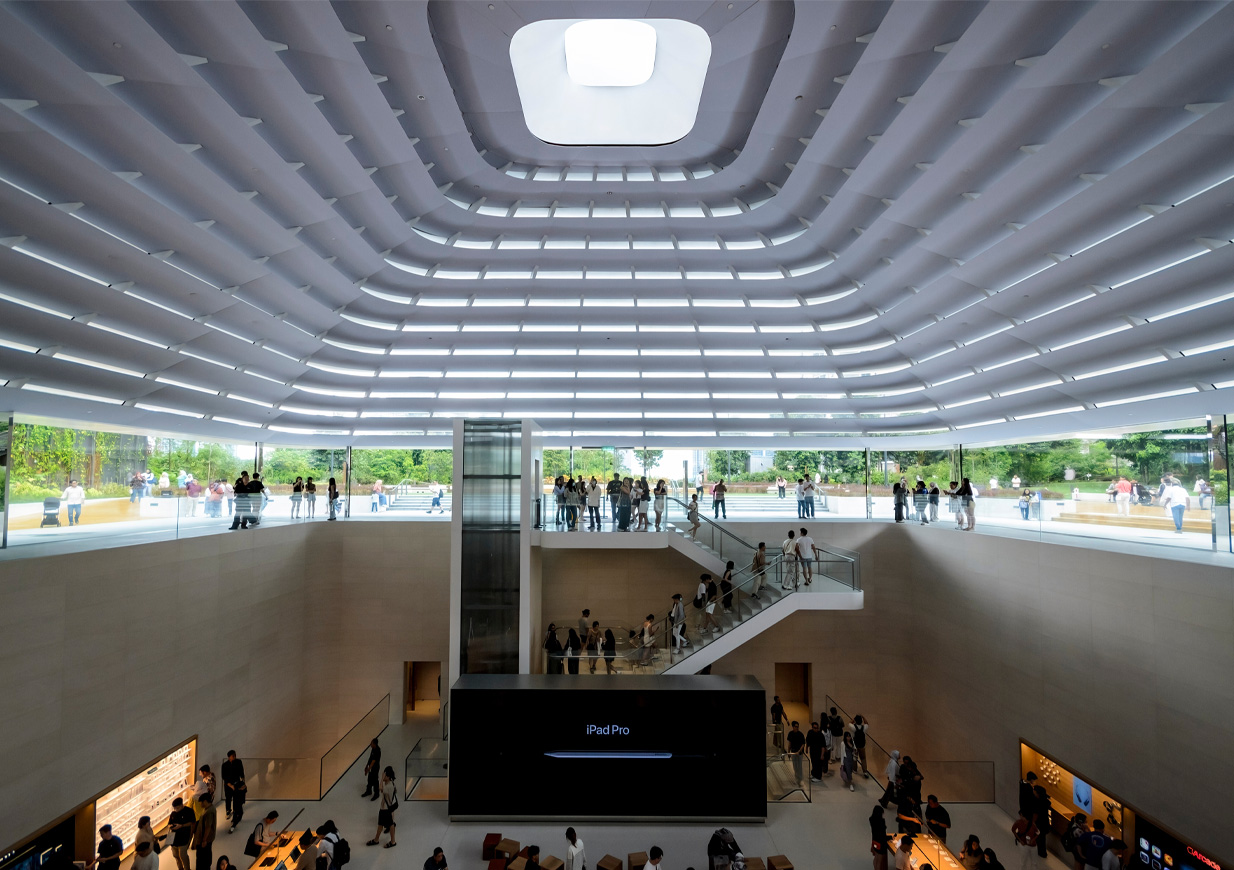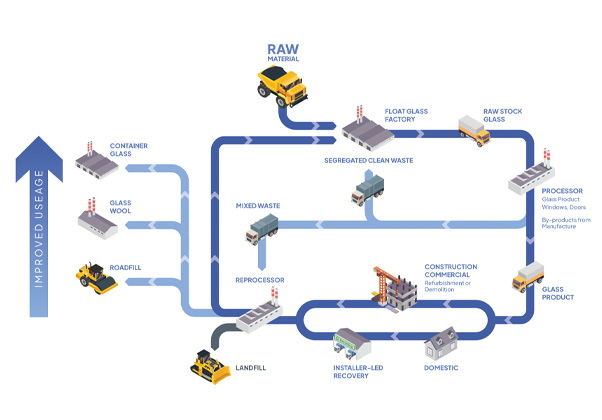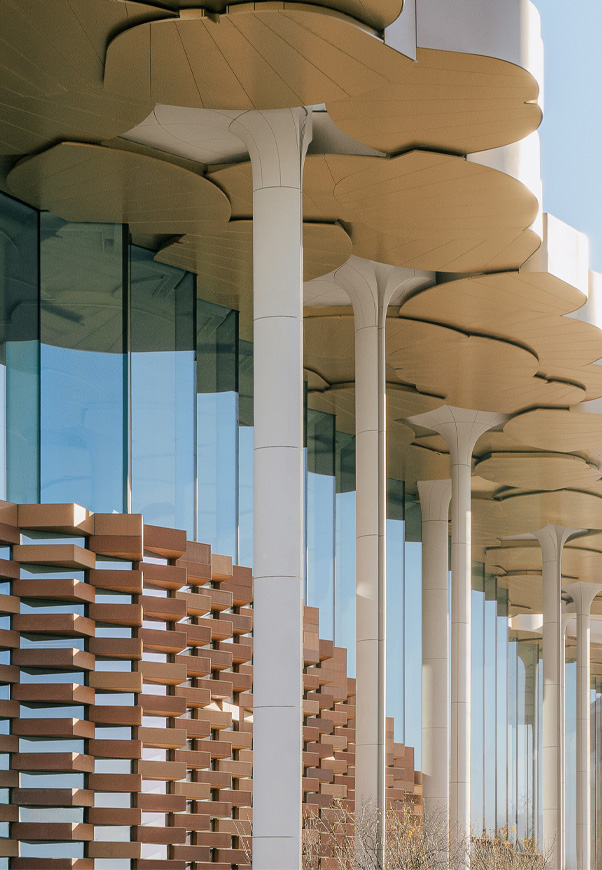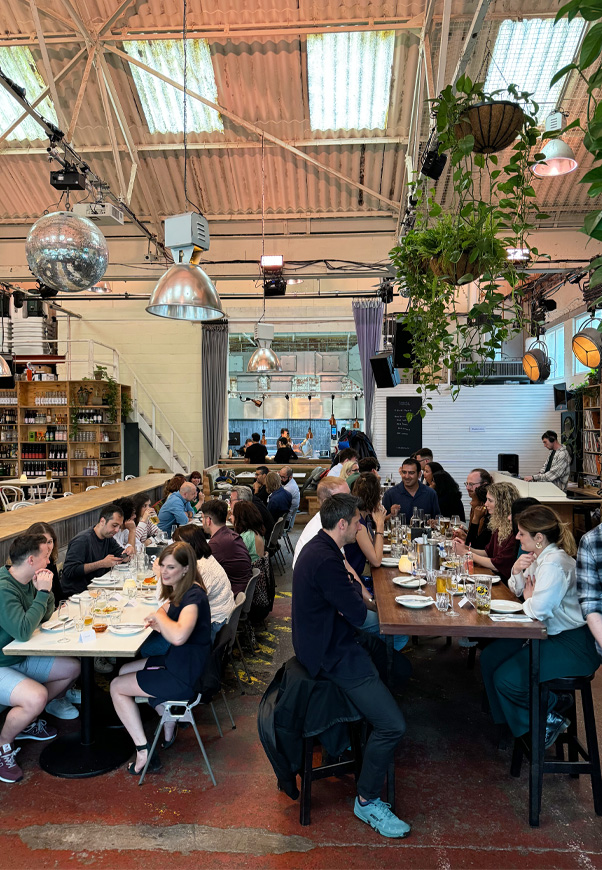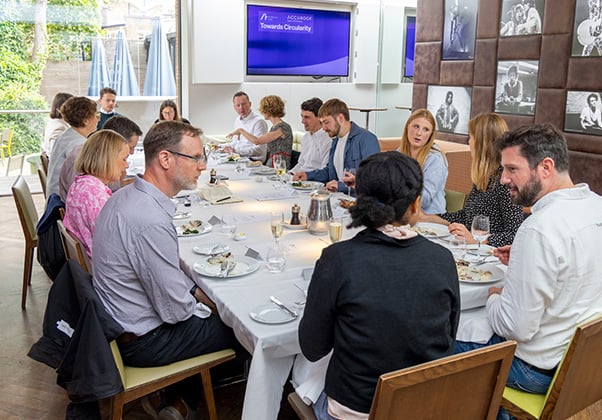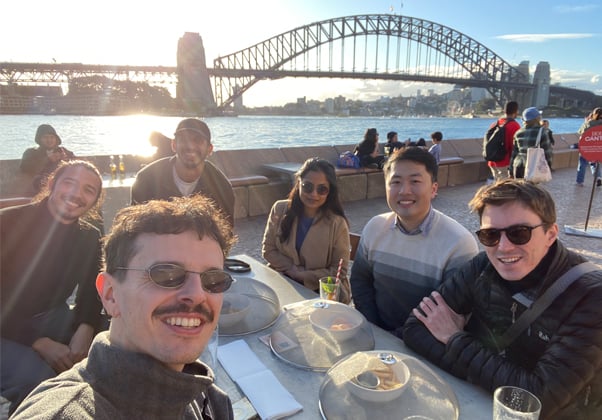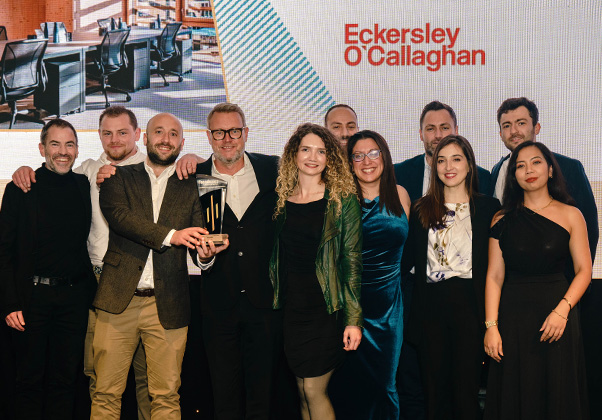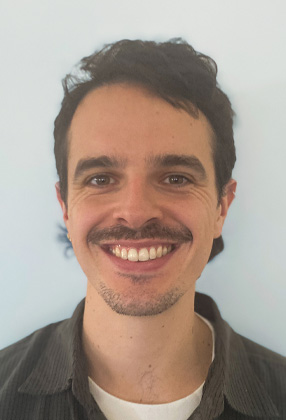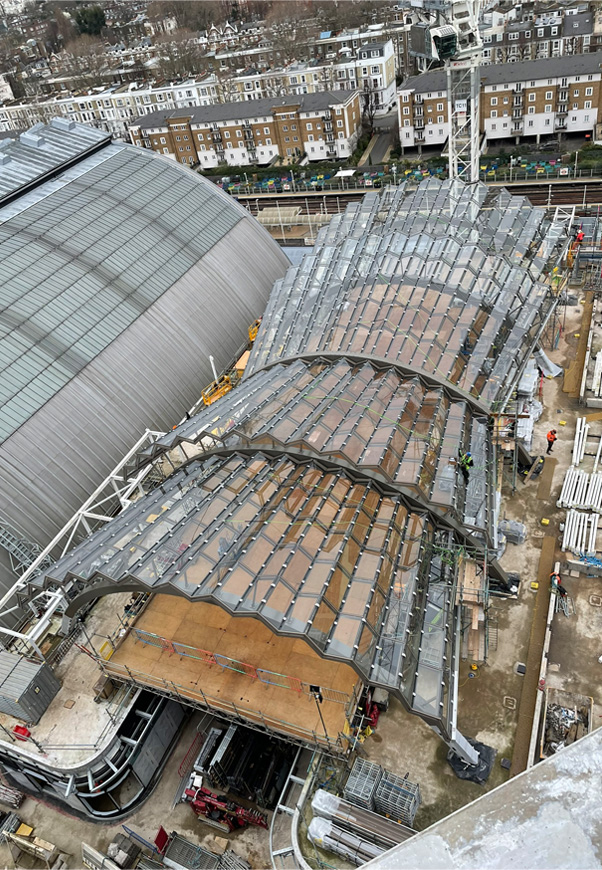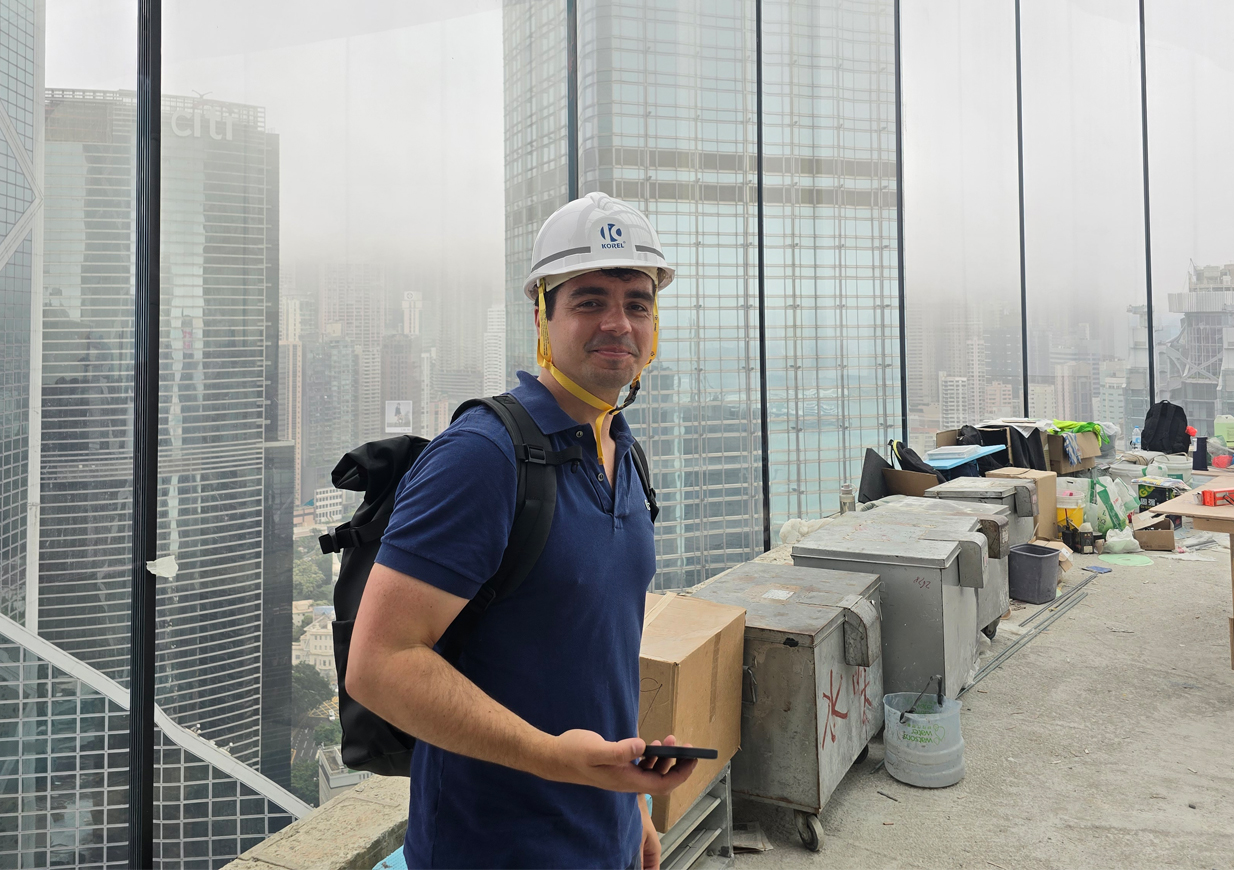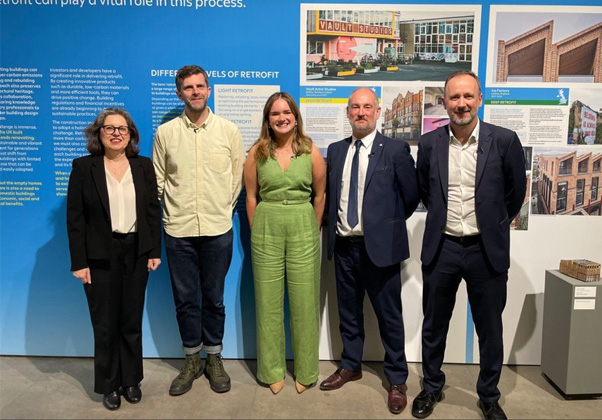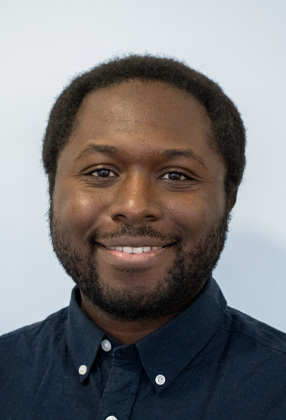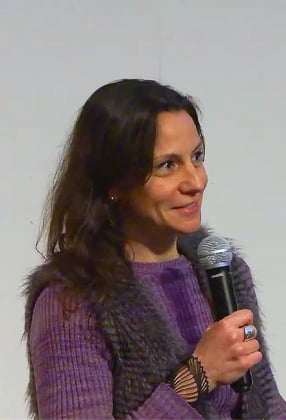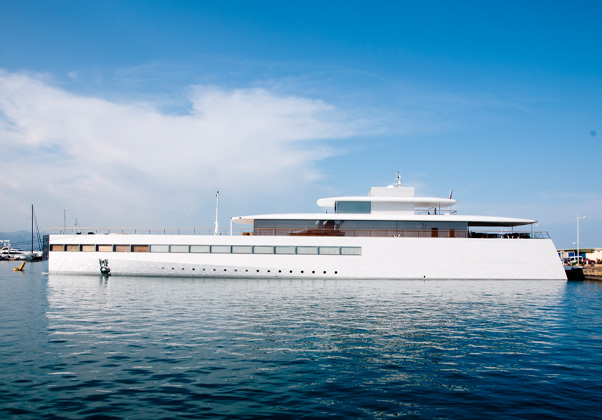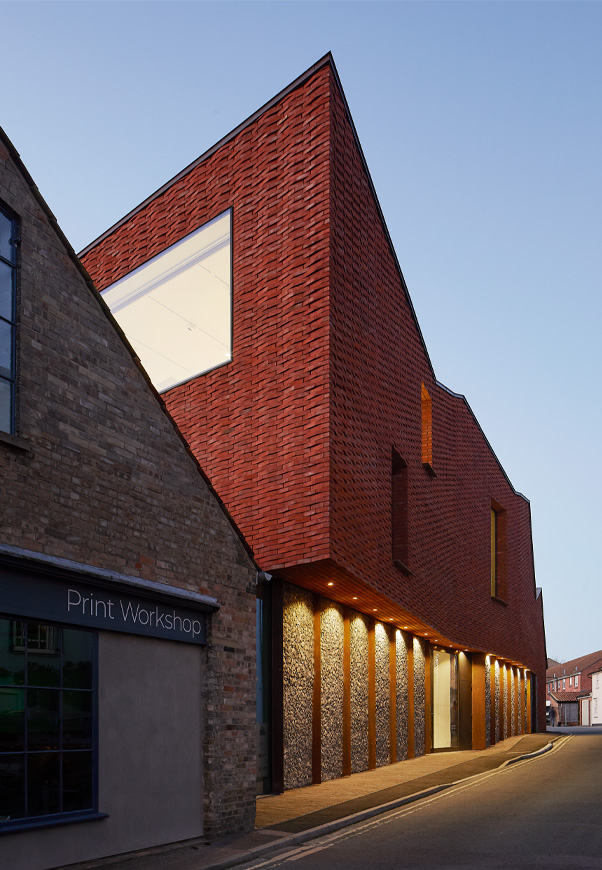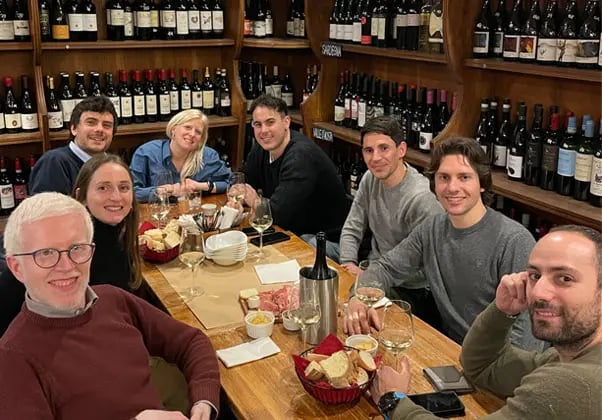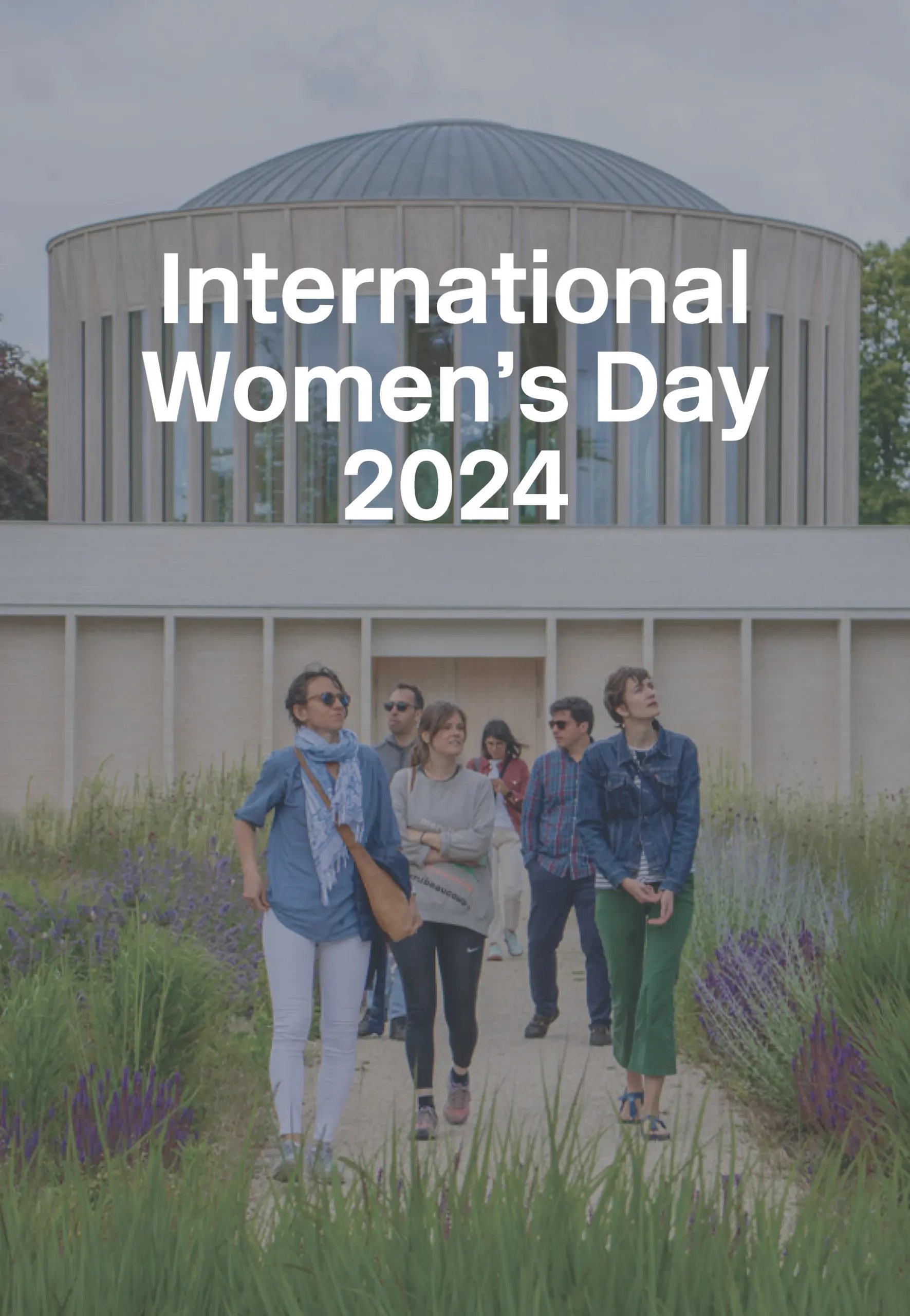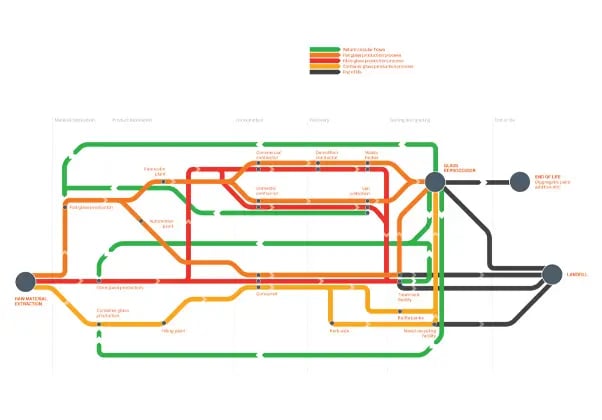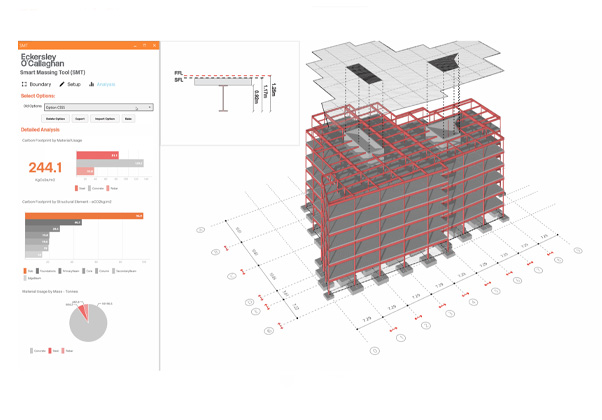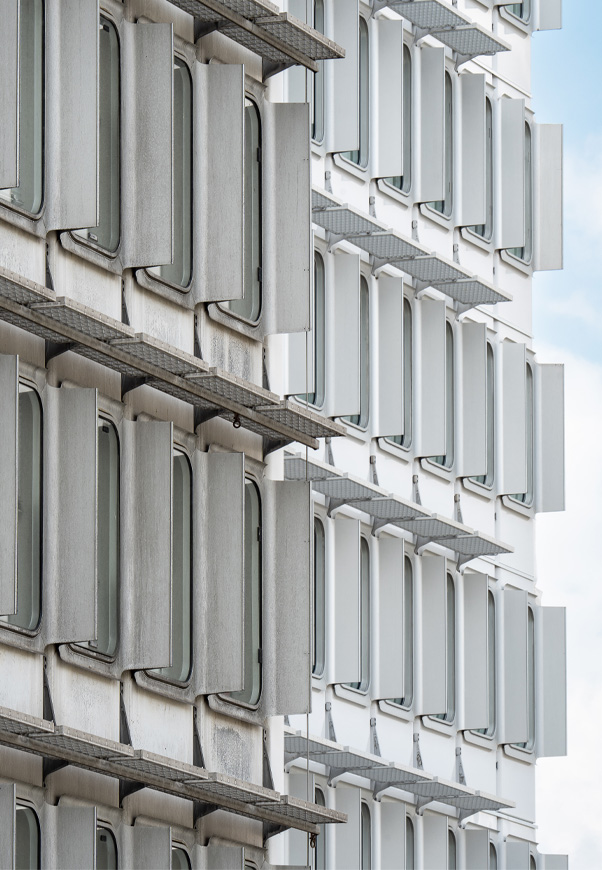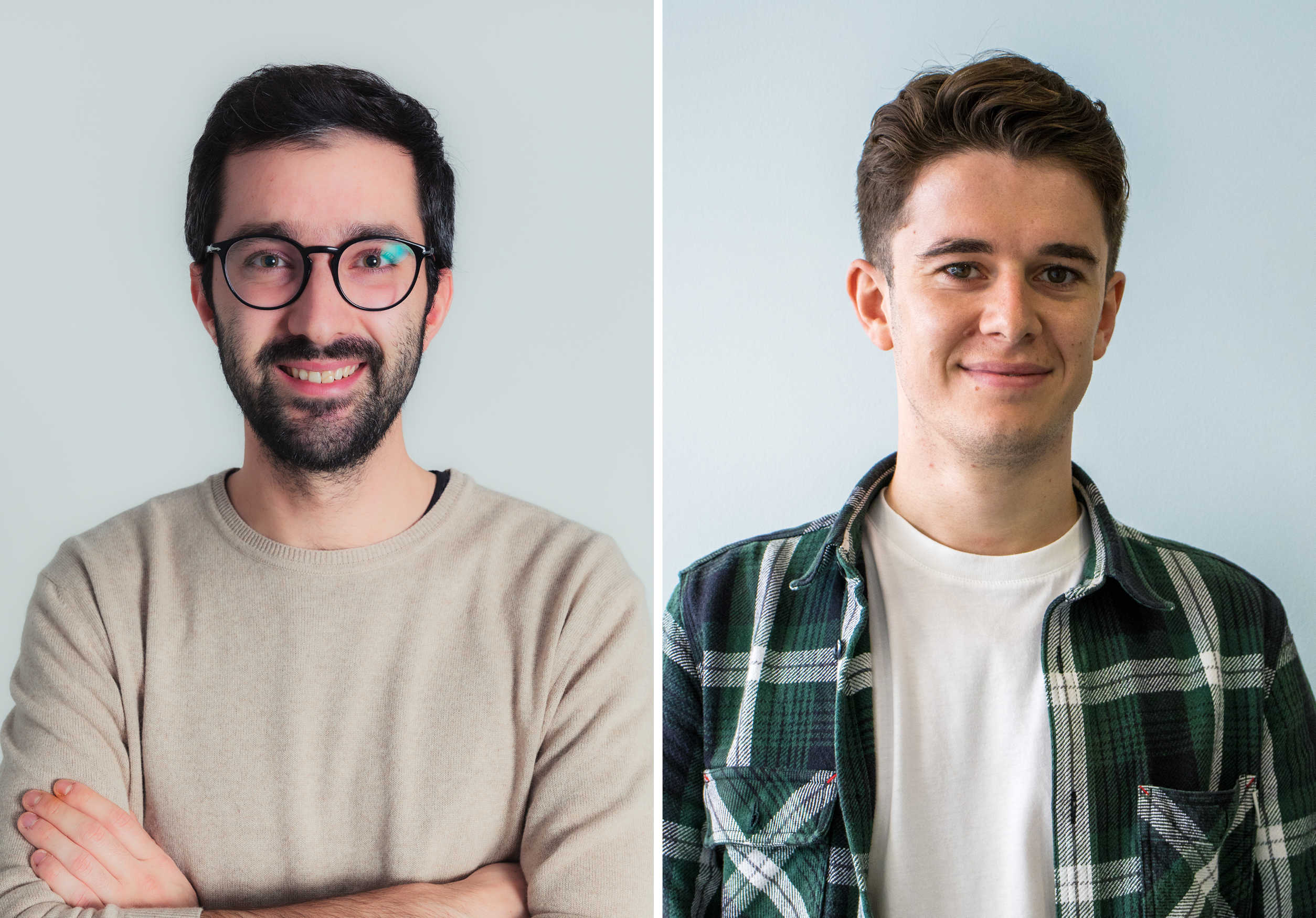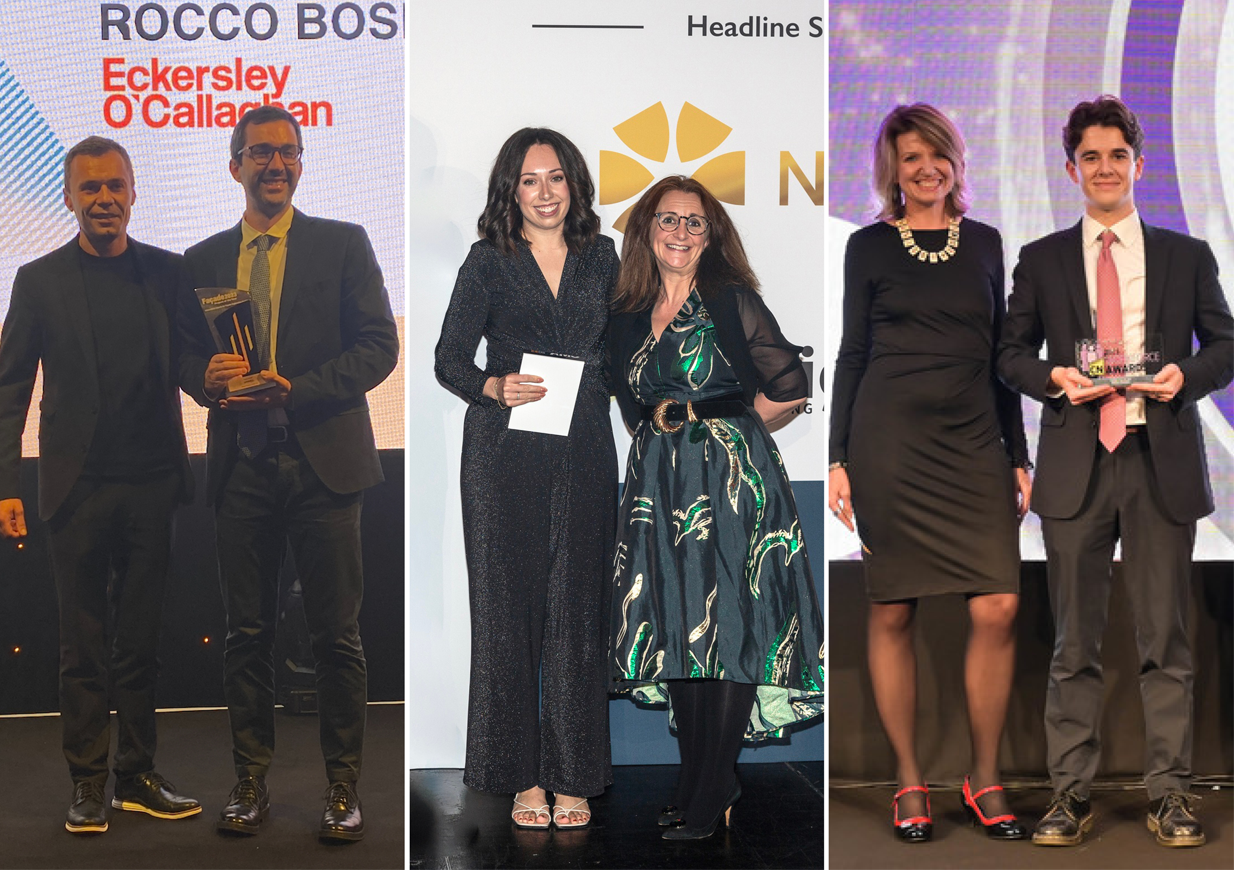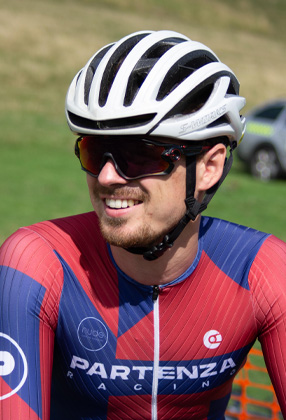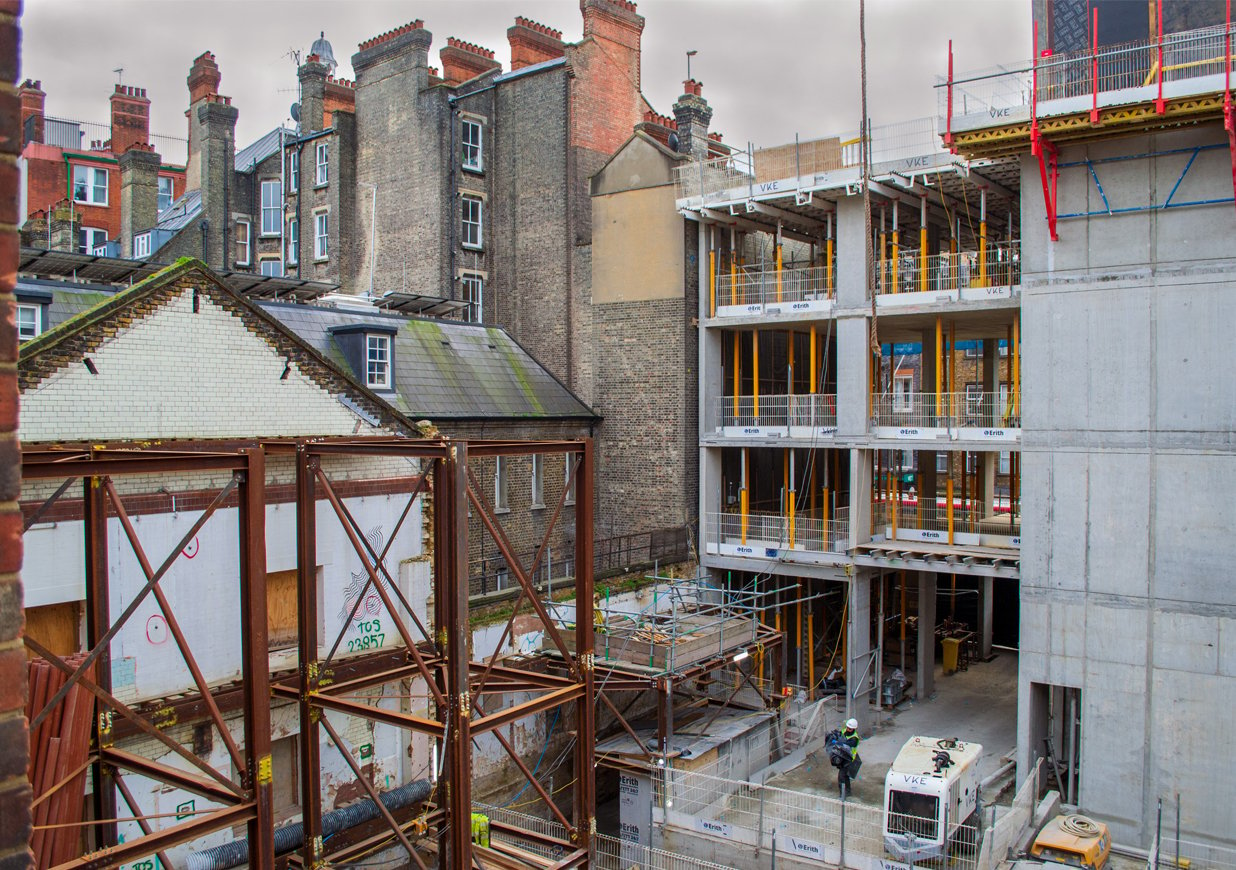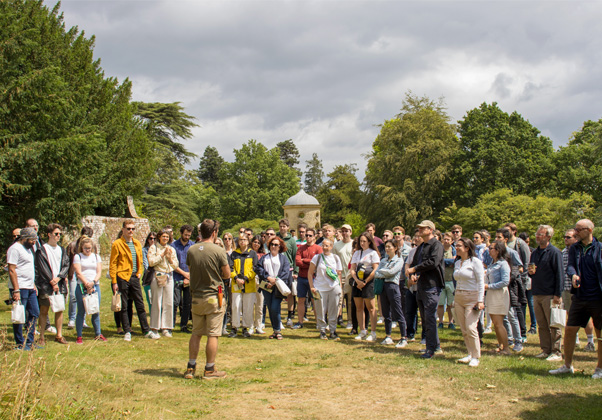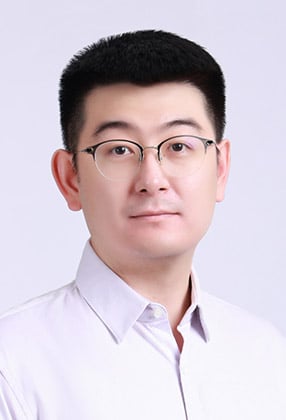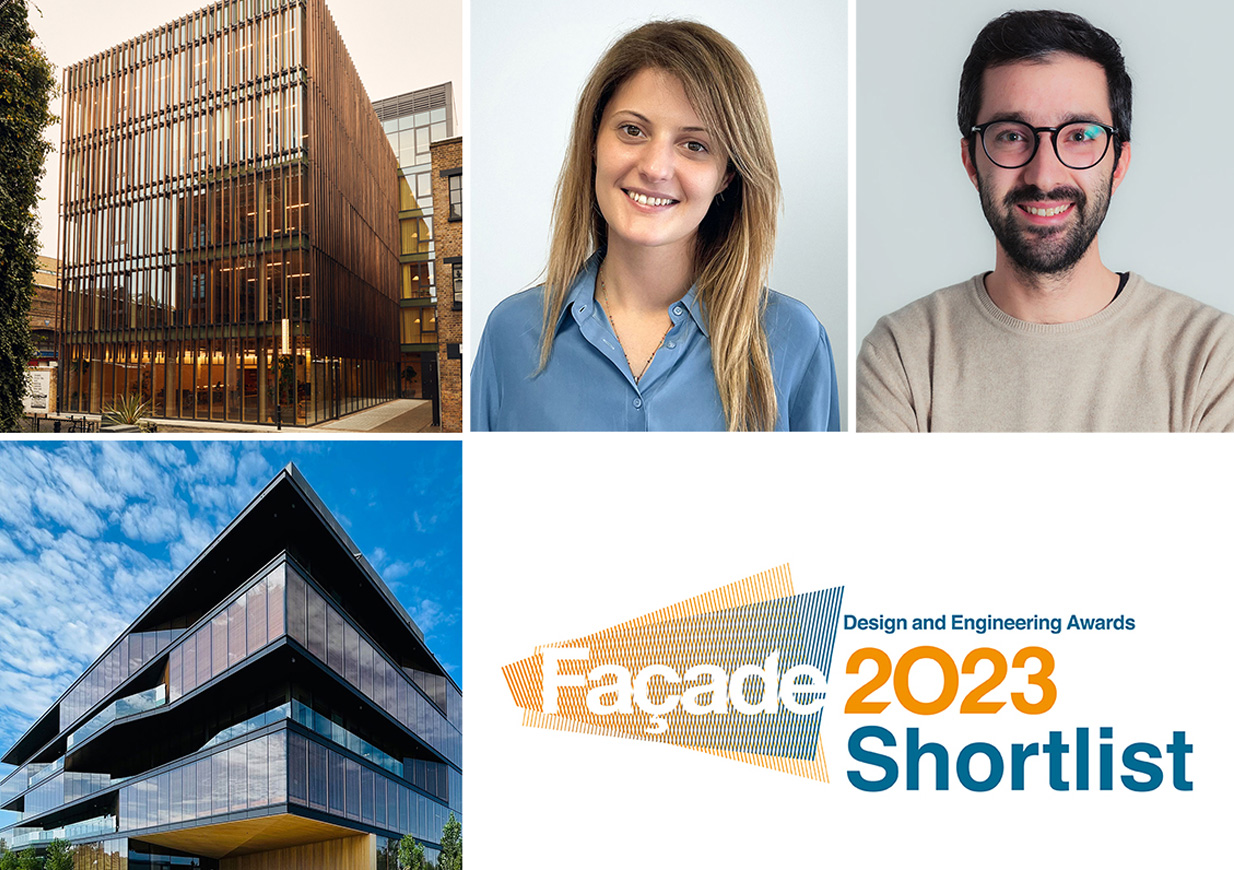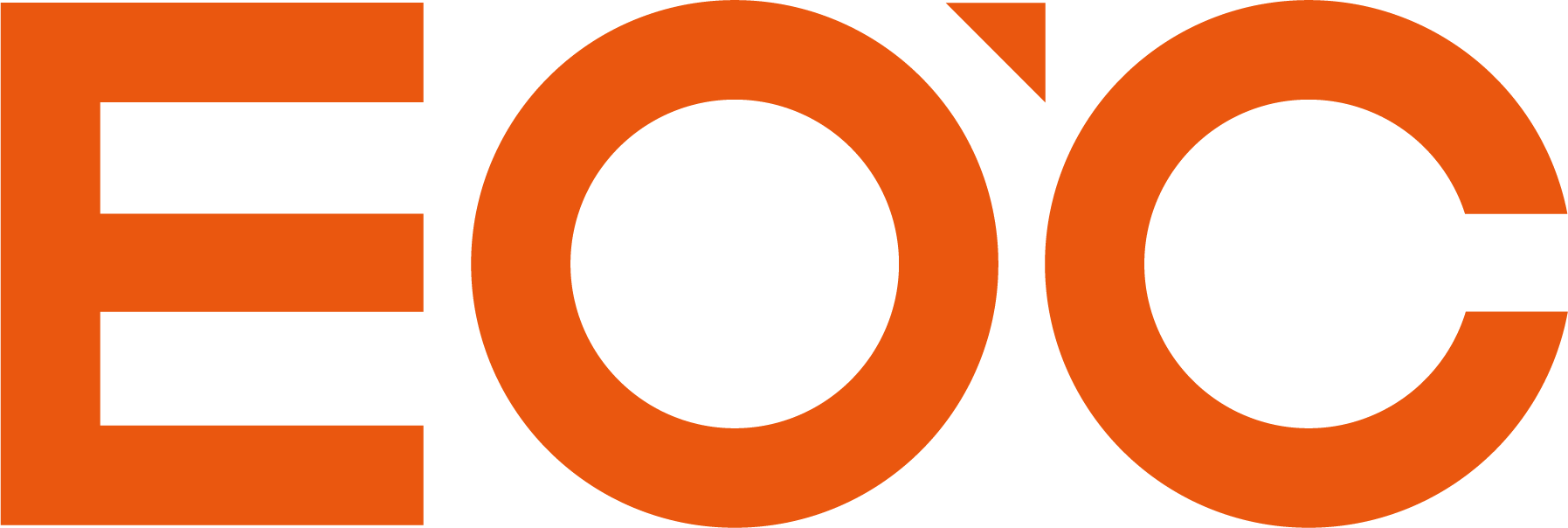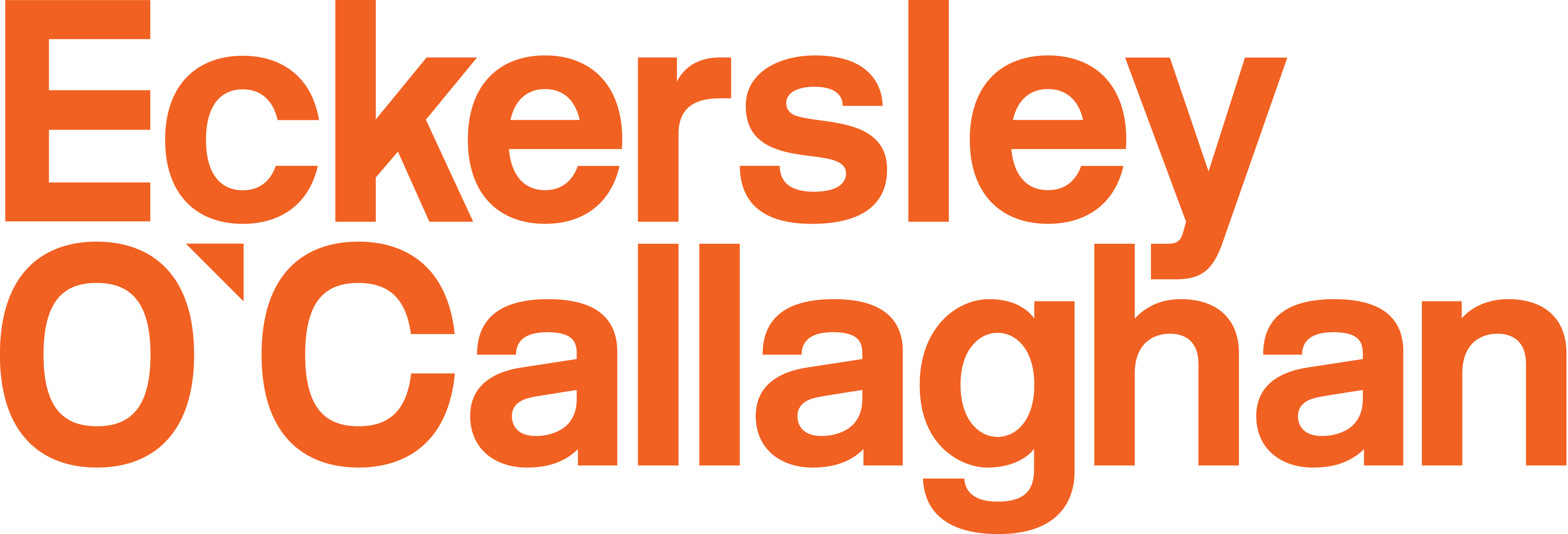Climate Friday | Optimisation, cost efficiency and sustainability – the balance needs to tip
9 July 2021

3 April 2020
In this week’s Climate Friday post, Ian Langham Director of Glass Engineering explains why in the world of digital design, it should no longer be the case that we design for cost efficiency at the expense of sustainability.
“When most engineers are learning their craft at university, they are often taught about optimisation and efficiency and the theory to make this happen. I remember one of my first experiences as a graduate many years ago designing a steel framed building, with the idea of optimisation fresh in my mind. I endeavoured to make every element as light as possible and sized each member right down to its minimum, only to then be told that having too many section sizes is not cost efficient for the contractors and that I spent too much time on calculations with respect to the fee. I suspect this lesson is common to many engineers and there is a risk that this may inform our way of thinking as we progress through our careers.
With the importance of embodied carbon being ever more crucial in delivering sustainable projects, this old way of thinking is becoming redundant. At EOC many of our specialist projects already require a truly optimised approach, for example when designing a gridshell roof for a cruise ship reducing the weight is paramount and we deploy sophisticated digital design tools in order to achieve this. We have been adopting a similar approach on other projects to refine and reduce the structural material to its absolute minimum to limit the overall embodied carbon, especially as tools like Grasshopper make scripting more accessible to engineers rather than being limited to academia as it was in the past.

This approach can come at some additional cost from a fabrication perspective, but it is our duty as professional engineers to influence and inform clients to the value of doing so with respect to sustainability. In some ways we are lucky that the challenge of embodied carbon is happening at a time where the digital design tools available are become ever more developed and capable of helping us deliver more optimised designs and, more importantly, quickly. In addition, makers have embraced new fabricating processes, such as digital printing, which is allowing these customised and bespoke solutions to become more of a reality.
Whether this involves developing bespoke scripts, using typology optimisation techniques or complex FEA working from first principles, I hope we can learn from other industries, such as aerospace, in embracing this way of working, and I look forward to seeing this deployed as standard on all structures and not just limited to the more complex ones.”


